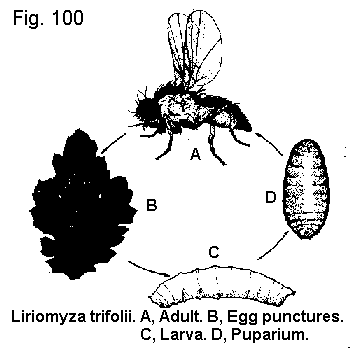 Fig. 100: Liriomyza trifolii (Burgess), no
common name, Agromyzidae, DIPTERA
Fig. 100: Liriomyza trifolii (Burgess), no
common name, Agromyzidae, DIPTERA Return to: CFREC Home Page
Adult - The small fly, about 2.5 mm long, is dark gray with yellow markings.
Egg - The tiny, whitish egg is deposited in the leaf.
Larva - The legless, whitish to yellow larva grows to about 2 mm long, with a darker head and a mouthhook structure that is retractable into the body.
Pupa - The pupa, formed within the old skin of the last larva (puparium), is yellowish brown.
 Fig. 100: Liriomyza trifolii (Burgess), no
common name, Agromyzidae, DIPTERA
Fig. 100: Liriomyza trifolii (Burgess), no
common name, Agromyzidae, DIPTERA
A, Adult. B, Egg punctures. C, Larva. D, Puparium.
Distribution - Presently, Liriomyza trifolii occurs primarily in Florida and California, and is found rarely in greenhouses along the eastern United States to Maryland. It is also found in Central America.
Host Plants - Liriomyza trifolii has been found on many plants. Some of the hosts are aster, dahlia, marigold, chrysanthemum, sunflower, zinnia, baby's breath, mistflower, petunia, daisy, eggplant, celery, carrot, potato, beans, garden peas, cantaloupe, lettuce, cucumber, and garden onion.
Damage - Large populations of these flies destroy leaves and seriously retard growth of young plants. The presence of the larval mines reduces the commercial value of ornamental plants and cut flowers.
Life History - Liriomyza trifolii is one of a few leafmining flies that are truly polyphagous. It feeds on many economically important plants and can be a destructive leaf miner of chrysanthemums, gerbera daisies, gypsophila, tomatoes, celery, and other vegetables.
Liriomyza trifolii breeds throughout the year in southern Florida, but it has only 3 to 4 complete generations in its more northerly range. The first generation appears in April, and the egg stage lasts only 2 days. In the leaves, the larvae form linear mines, if space is available, confining frass to the sides in regular, alternate strips. If leaves are very small, the larvae form blotch mines. There are three larval stages. each requiring 7 to 8 days to develop. Pupation occurs within the leaf and lasts 7 to 11 days, depending upon the time of the year. Adults live 3 or4 weeks. Partial generations occur in the winter when the reproductive activities of the insects decrease. The flies can be found in greenhouses year-round.
Liriomyza trifolii can develop and emerge successfully from infested leaves that are detached and drop to the bench top or greenhouse flower, particularly if the relative humidity remains high. It is important to remove infested plant debris from the greenhouse to impede the populations of Liriomyza trifolii. At one time, Liriomyza trifolii was a very difficult insect to control because it is highly resistant to many organophospate, carbamate, and pyrethroid insecticides. With the introduction of cyromazine and abamectin for leafminer management, the incidence of Liriomyza trifolii has decreased dramatically.
For specific chemical control recommendations, see your Cooperative Extension Service publications on ornamental plant pest management.
Reference to University of Florida/IFAS Pest Control Guides